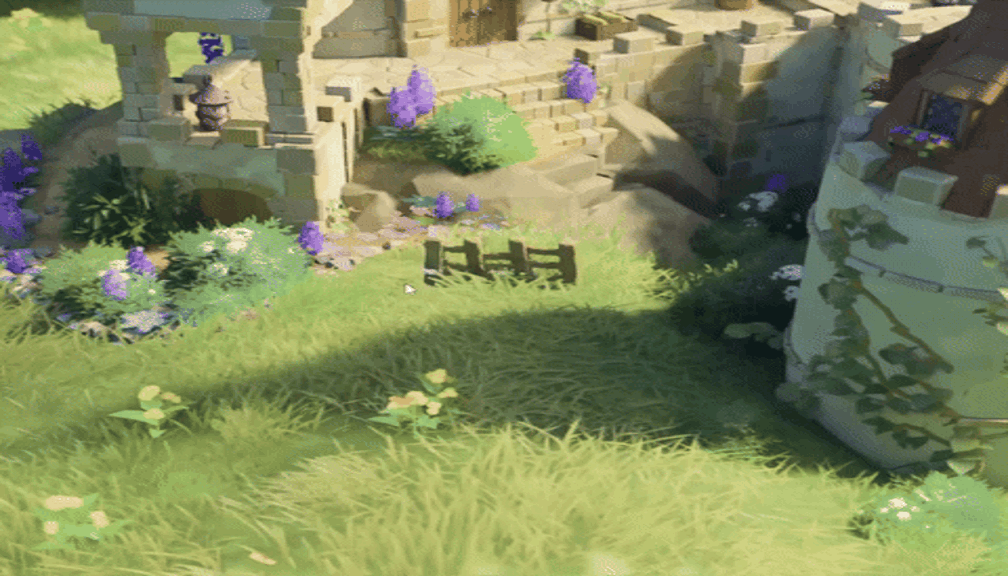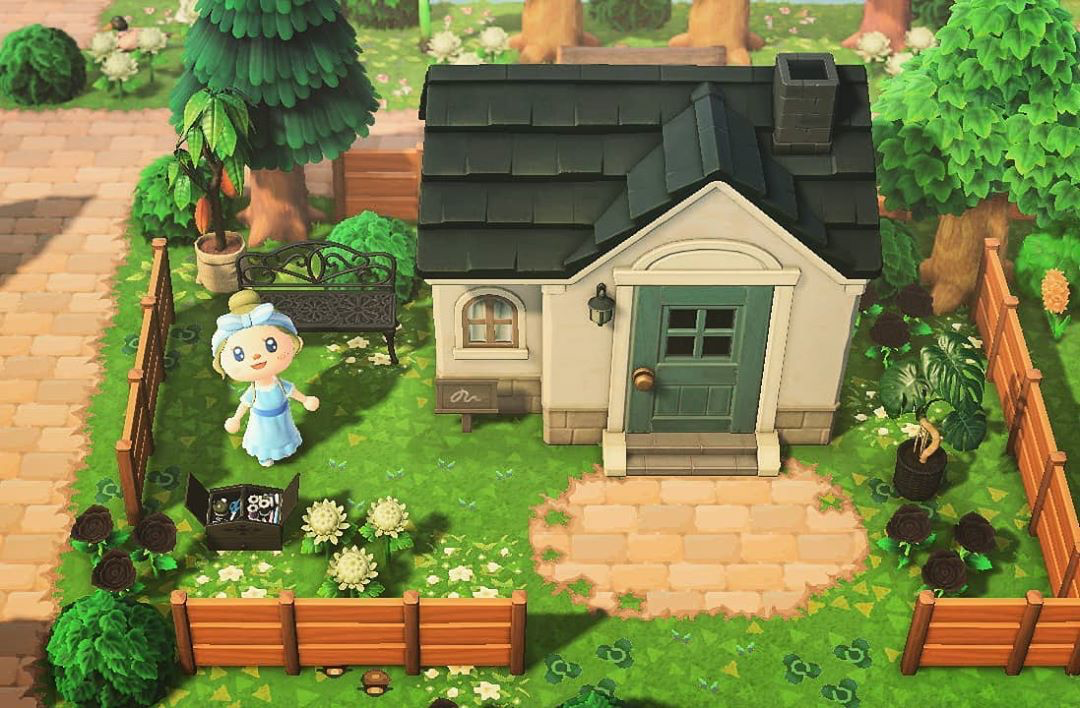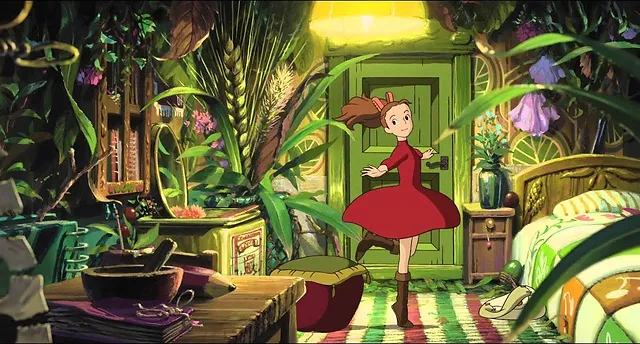Safe Shelter

Viva Piñata — fences are used to section off a garden, isolate a piñata or its house… but if you don’t give a piñata enough room to roam it will sicken.
The CODE-X series catalogs a vast codex of source codes (aka “signs”) extracted from past audits.
The object of study in semiotics is not the signs but rather a general theory of signification; the goal of each “audit” is to build a model demonstrating how meaning is produced and received within a category or cultural territory. Signs on their own, therefore, only become truly revelatory and useful once we’ve sorted them into thematic complexes, and the complexes into codes, and the codes into a meaning map. We call this process “thick description”; the Code-X series is thin description.

“SAFE SHELTER” NORM: Finding or building a refuge impervious to troubles from “outside.”

“SAFE SHELTER” FORMS: Note that there isn’t always an enemy to worry about — but in games like Tiny Glade and Stardew Valley, there is still great satisfaction derived from creating a home that’s shipshape, weatherproof, etc. Fences and walls around one’s property. One’s bedroom can also be a kind of safe space. Once the door is closed, it’s your personal kingdom.
From a 2024 analysis of the IN HERE territory (cozy, safe, familiar; offering a much-needed refuge from “adulting”) within the space of “sophisticated wholesome” videogames, animated movies and series, etc.

